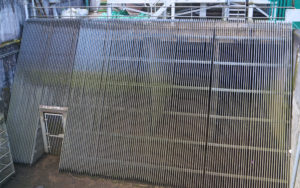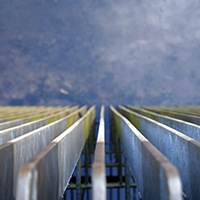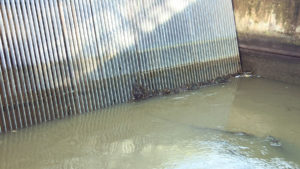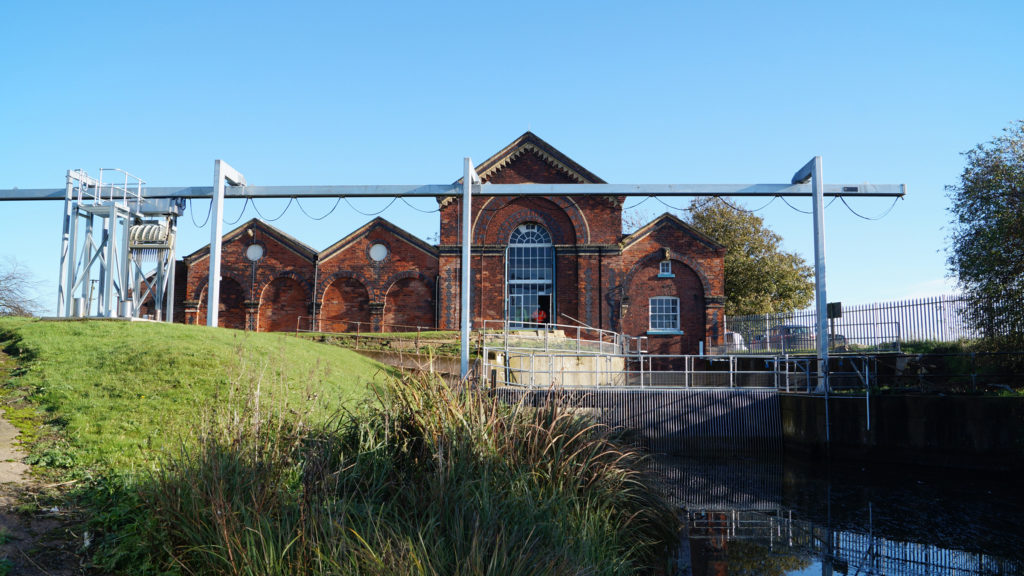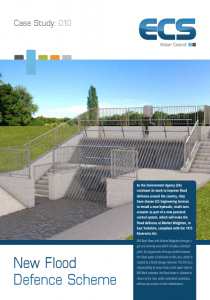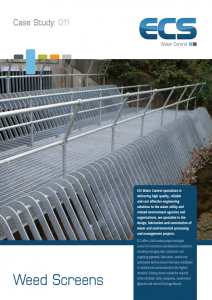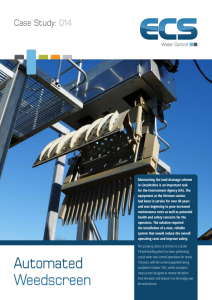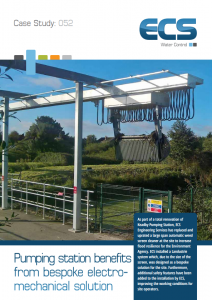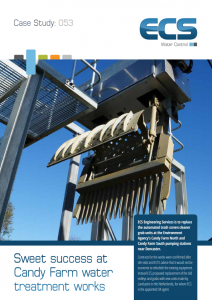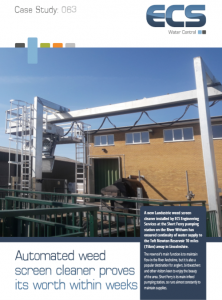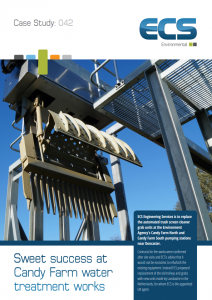Trash Screen installation process
Trash screens form a crucial part of the infrastructure designed to reduce the risk of flooding in waterways and water processing sites. Where a watercourse flows through a culvert there is an increased risk of blockage, requiring careful design consideration to ensure the most efficient structure is installed.
A culvert represents a bottle-neck in a watercourse and often the installation of a trash screen will help to alleviate blockages, but the screen can also present a flood risk itself if it is not properly maintained and cleared regularly. The amount and type of debris that is captured by the screen is dependent upon the time of year and the location of the screen.
These factors all have a bearing on the amount and type of debris that is deposited in the watercourse and therefore they also affect the risk of blockage and subsequent flooding.
Factors affecting Trash Screen design
Once the decision to install a screen has been made, proper design of the screen is essential in order to prevent it becoming a flood risk in itself. This design should include careful consideration for the bar spacing, screen angle and distance from the culvert entrance in addition to the clearance method and frequency.
Information gained about the location helps to determine the type and size of debris likely to accumulate at the screen and as the ratio of debris length to bar spacing increases, so does the risk of blockage.
The angle at which the screen is installed also affects the efficiency, with some screen bar angles in common use having been shown to block more frequently. Once the design of the screen is finalised, it is then necessary to assess the maintenance requirements of the screen. Many situations will be satisfied by manual clearing, in which case a safe platform needs to be included in the screen design.
Clearing debris automation
For situations where the amount of debris demands regular clearing or for locations where manual intervention is not appropriate, it is possible to install an automated trash clearing system, which can provide efficient and regular removal of the debris. There are a number of manufacturers and designs available, each with its own advantages, depending on the specific application. ECS can advise on the most appropriate model for your particular environment during the design and specification phase of the project.
In applications where an automated system is being installed, the system can be triggered by a number of determining factors. Since the primary purpose of these structures is water level control, this can be detected and measured by ultrasonic devices and when the level differential either side of the screen reaches a certain point the clearing device can be started.
If the trash screen is designed to help protect a pumping system, the clearing device can be triggered by the pumps coming on line to ensure that sufficient flow is permitted through the screen while the pumps are active. Finally, it may also be appropriate to have a timer to trigger the clearing system, especially if the watercourse has increased flows at specific times of day.
Manufacture and installation
Having decided on the design and the control specifications, the project solution then requires manufacture and installation, all of which needs expert engineering capabilities as well as experienced on-site engineers and divers who can complete both the civil engineering requirements as well as the mechanical and electrical engineering.
Project Management
ECS Engineering Services has a dedicated Water Control engineering division, with over 20 years’ experience in delivering turnkey projects for a wide range of clients including the Environment Agency, Water Utilities and Internal Drainage Boards.
To read a client case study Trash Screen installation, click here

